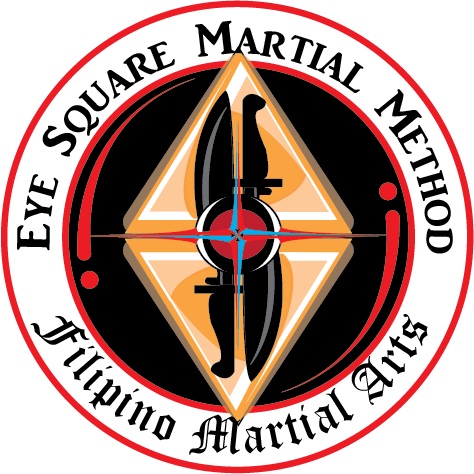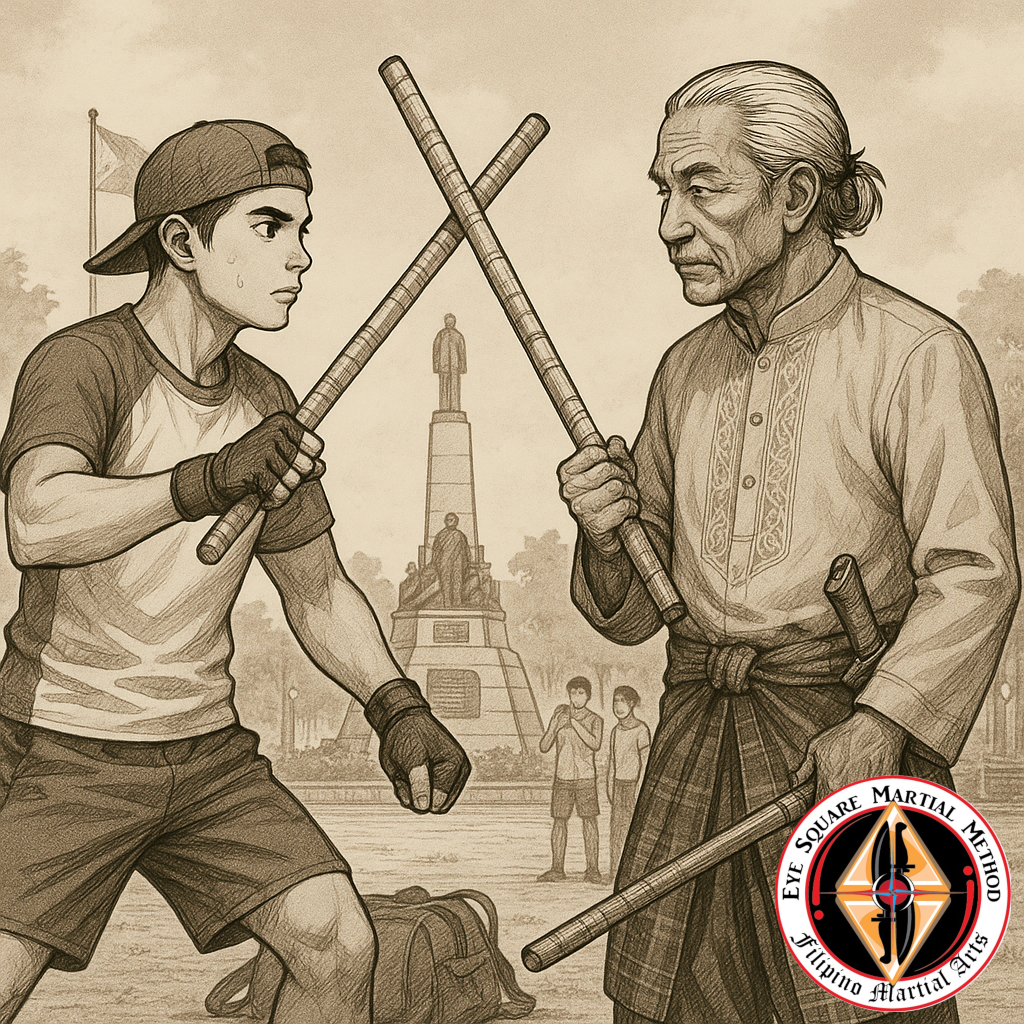Today, Filipino Martial Arts stand at a crossroads. They’ve survived colonization, revolution, war, and globalization. They’ve been featured in movies, adapted for law enforcement, and spread to every corner of the world. And now, with a growing generation of modern practitioners, FMA faces two big questions: how do we preserve what matters, and how do we keep evolving?
The National Sport (Sort Of)
In 2009, Arnis was officially declared the national martial art and sport of the Philippines (RA 9850). This was a big win for visibility—but it also came with a twist. Sport Arnis is often different from traditional or combative FMA. With padded sticks, headgear, and point systems, it focuses on speed and scoring rather than real-world application.
That’s not a bad thing—it gets kids involved, builds pride, and creates structured exposure. But the challenge is keeping the deeper knowledge alive: the blade work, the body mechanics, the cultural roots.
The Preservationists
Some schools, families, and organizations have made it their mission to preserve the old ways. They focus on blade-first methodology, traditional drills, and lineage-based instruction. For these groups, the art isn’t just about self-defense—it’s about honoring ancestors, respecting culture, and transmitting wisdom that’s too important to lose.
These practitioners are often cautious about modernization. For them, losing the cultural backbone of the art is a greater threat than losing students. And they’re not wrong—without context, it’s just choreography with sticks.
The Innovators
On the flip side, you’ve got the evolution crowd. They’re mixing FMA with Brazilian Jiu-Jitsu, Muay Thai, firearms training, and more. They see the art as a toolkit—built for adaptation. Their goal is practicality, efficiency, and survivability in modern conflict scenarios.
They’ve helped bring FMA into the tactical world—training law enforcement, military, and private security. They’re forging new drills and rediscovering the old in light of modern challenges. And they’ve got the bruises to prove it works.
Cultural Renaissance
Thanks to social media, documentaries, and a growing interest in indigenous knowledge, FMA is having a cultural moment. Young Filipinos at home and abroad are starting to reconnect with the art. They’re digging into history, learning from elders, and sharing their journey online.
It’s not just about technique—it’s about identity. About reclaiming something that was almost lost. And about saying, “This is ours. This matters.”
Where It’s Headed
The future of Filipino Martial Arts isn’t about choosing preservation or progress. It’s about balance.
It’s about keeping the blades sharp, the stories alive, and the community growing. Whether you train for tradition, for self-defense, or for the love of movement, you’re part of something bigger. Something old. Something alive.
And if we do it right, the next generation will inherit an art that’s just as effective, just as rooted, and just as proudly Filipino as ever.
Because the real weapon has always been the will to pass it on.

